IoT Data Protocols | IoT Protocols
IoT protcols help to establish Communication between IoT Device (Node Device) and Cloud based Server over the Internet. It help to sent commands to IoT Device and received data from an IoT device over the Internet. Some Popular IoT Data Protocols is – MQTT, CoAP and AMQP.
Read this for understanding IoT Protocols : https://iotbyhvm.ooo/physical-and-logical-design-of-iot/
You may like also : Wireless IoT Network Protocols
IoT Data Protocols
Constrained Application Protocol (CoAP)
The CoAP protocol is specified in RFC 7252. The Constrained Application Protocol (CoAP) is a specialized web transfer protocol for use with constrained nodes and constrained networks in the Internet of Things.
Coap is designed for machine-to-machine (M2M) applications such as smart energy and building automation. The protocol is targetted for Internet of Things (IoT) devices having less memory and less power specifications.
On top of CoAP, the Open Mobile Alliance (OMA) has defined “Lightweight M2M” as a simple, low-cost remote management and service enablement mechanism.
Following are the features of CoAP Protocol:
• It is very efficient RESTful protocol.
• Easy to proxy to/from HTTP.
• Open IETF standard
• Embedded web transfer protocol (coap://)
• It uses asynchronous transaction model.
• UDP is binding with reliability and multicast support.
• GET, POST, PUT and DELETE methods are used.
• URI is supported.
• It uses small and simple 4 byte header.
• Supports binding to UDP, SMS and TCP.
• DTLS based PSK, RPK and certificate security is used.
• uses subset of MIME types and HTTP response codes.
• Uses built in discovery mechanism.
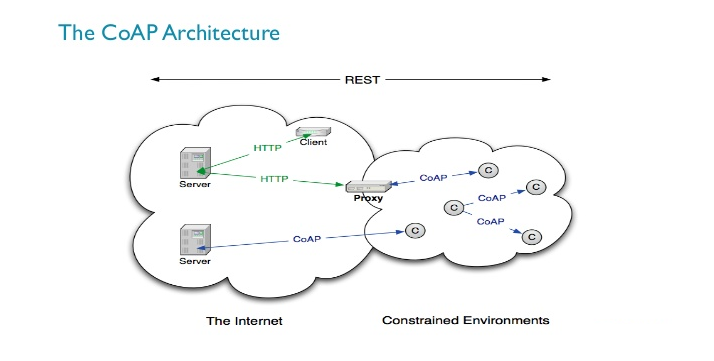
Message Queuing Telemetry Transport Protocol (MQTT)
MQTT is a machine-to-machine (M2M)/”Internet of Things” connectivity protocol. It was designed as an extremely lightweight publish/subscribe messaging transport and useful for connections with remote locations where a small code footprint is required and/or network bandwidth is at a premium. For example, it has been used in sensors communicating to a broker via satellite link, over occasional dial-up connections with healthcare providers, and in a range of home automation and small device scenarios.
MQTT protocol runs on top of the TCP/IP networking stack. When clients connect and publish/subscribe, MQTT has different message types that help with the handshaking of that process. The MQTT header is two bytes and first byte is constant. In the first byte, you specify the type of message being sent as well as the QoS level, retain, and DUP (duplication) flags. The second byte is the remaining length field.
Features of MQTT?
- Distribute information more efficiently
- Increase scalability
- Reduce network bandwidth consumption dramatically
- Reduce update rates to seconds
- Very well-suited for remote sensing and control
- Maximize available bandwidth
- Extremely lightweight overhead
- Very secure with permission-based security
- Used by the oil-and-gas industry, Amazon, Facebook, and other major businesses
- Saves development time
- Collects more data with less bandwidth compared to polling protocols
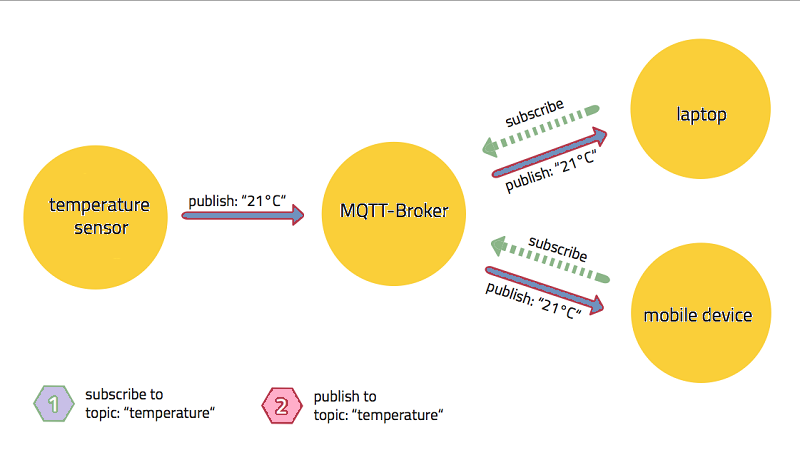
Advanced Message Queuing Protocol (AMQP) – IoT Data Protocols
The AMQP – IoT protocols consist of a hard and fast of components that route and save messages within a broker carrier, with a set of policies for wiring the components together. The AMQP protocol enables patron programs to talk to the dealer and engage with the AMQP model. AMQP has the following three additives, which might link into processing chains in the server to create the favored capability.
- Exchange: Receives messages from publisher primarily based programs and routes them to ‘message queues’.
- Message Queue: Stores messages until they may thoroughly process via the eating client software.
- Binding: States the connection between the message queue and the change.
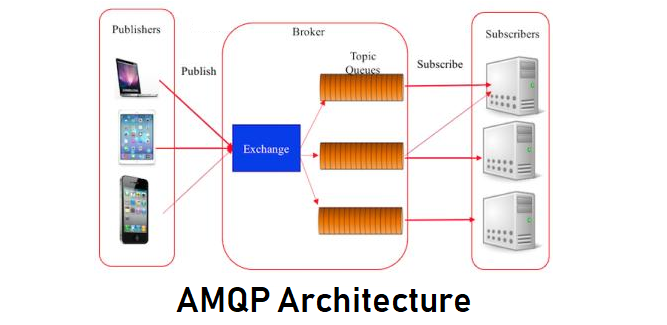
I hope you like this post “IoT Data Protocols”. Do you have any questions? Leave a comment down below!
Thanks for reading. If you like this post probably you might like my next ones, so please support me by subscribing my blog.
You may like also:

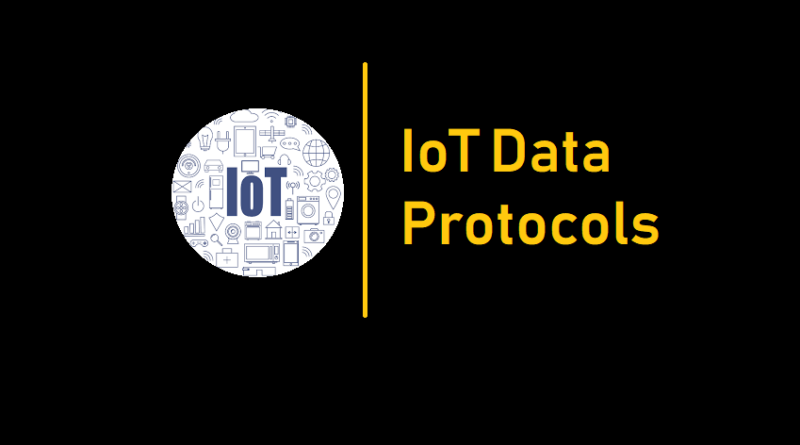
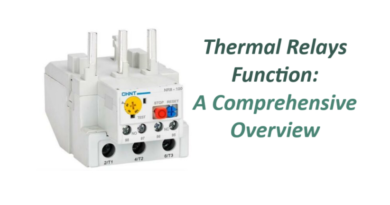

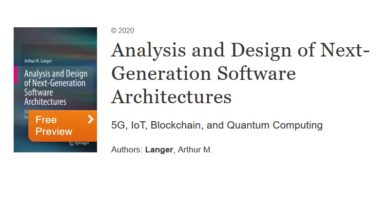
Pingback: A Simple Chat Sever - IoTbyHVM
Pingback: MQTT Public Brokers List - IoT - IoTbyHVM
Pingback: MQTT Servers/Brokers - IoTbyHVM - Explore TechBytes
Pingback: MQTT 5 | Overview | What's New | MQTT Features | MQTT 5.0
Pingback: Mongoose OS is now an STMicroelectronics Authorized Partner
Pingback: ESP32 vs ESP8266 | What is ESP32 and ESP8266
Pingback: What is IoT ? | Internet of Things - IoTbyHVM - Bits & Bytes of IoT
Pingback: Orient Electic introduces India’s first IoT-enabled Aeroslim ceiling fan
Pingback: How to setup a Mosquitto MQTT Server and receive data from OwnTracks
Pingback: MQTT Protocol | MQTT in Depth | MQTT vs CoAP
Pingback: What is AWS ? | Amazon Cloud Services - IoTbyHVM - Bits & Bytes of IoT
Pingback: MQTT protocol | Specification | Clarifications - CompileIoT
Pingback: Best Security Practices for IoT Devices and Networks